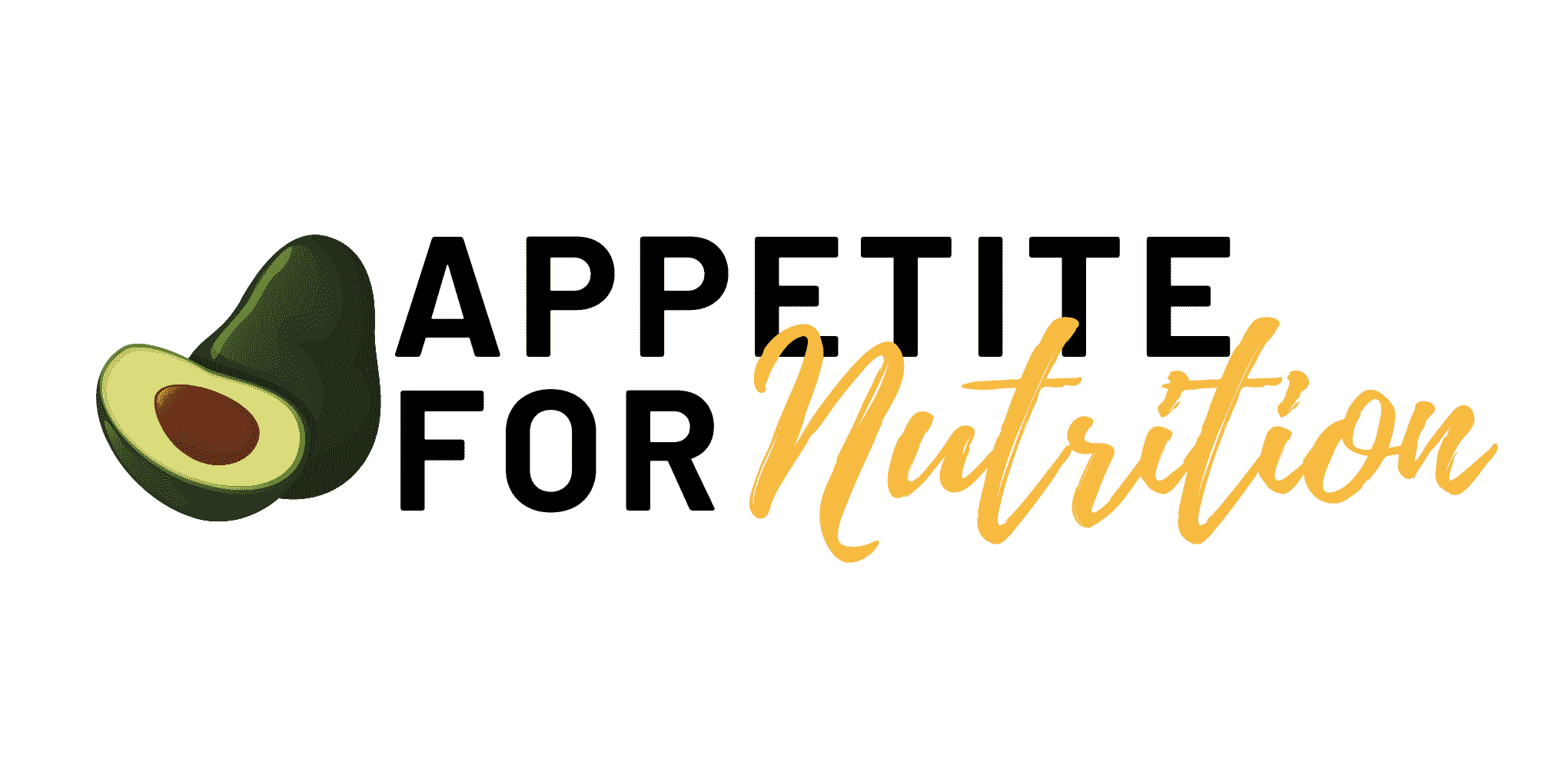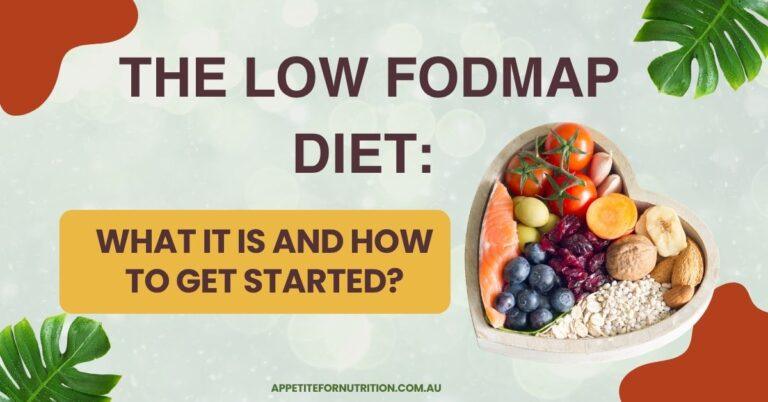Holiday Notice: We will be on break from 20 December, back 5 January. Emails checked periodically. 0491 169 399 | info@appetitefornutrition.com.au

Thriving on Keto: Your Comprehensive Guide to a Healthy Ketogenic Diet
The ketogenic diet, or keto diet, has become one of the most popular nutrition trends in recent years — praised for its potential benefits including weight loss, mental clarity, and steady energy.
However, following a healthy, sustainable keto plan requires understanding how to balance nutrients and avoid common mistakes. This guide will help you build a well-rounded, evidence-based approach to keto eating.
What is the Ketogenic Diet?
The ketogenic diet is a high-fat, moderate-protein, and very low-carbohydrate eating plan designed to shift your body into ketosis — a metabolic state where fat becomes the main energy source.
When in ketosis, your liver converts fats into ketones, which fuel your brain and body in place of carbohydrates.
Key Principles of a Healthy Ketogenic Diet
Focus on Healthy Fats
Good Fats: Avocados, olive oil, coconut oil, nuts, seeds, and fatty fish like salmon and mackerel.
Avoid Trans Fats: Steer clear of processed foods and hydrogenated oils that contain unhealthy trans fats.
Moderate Protein Intake
Quality Sources: Grass-fed meats, free-range poultry, eggs, tofu, and tempeh.
Tip: Too much protein can reduce ketone production — aim for moderation rather than excess.
Choose Low-Carbohydrate Vegetables
Best Choices: Leafy greens (spinach, kale), cruciferous veggies (broccoli, cauliflower), zucchini, and bell peppers.
Limit: Starchy vegetables like potatoes, sweet corn, and peas.
Stay Hydrated and Maintain Electrolyte Balance
The keto diet has a diuretic effect, which can increase the loss of fluids and electrolytes.
Tip: Drink plenty of water and include sources of sodium, potassium, and magnesium (e.g., leafy greens, nuts, seeds, and mineral water).
Mind Your Macronutrient Ratios
A typical keto plan includes:
70–75% fat
20–25% protein
5–10% carbohydrates
Use a tracking app or food diary to monitor intake and ensure you’re maintaining ketosis safely.
Example of a Daily Keto Meal Plan
Breakfast
2 eggs
½ avocado
Spinach sautéed in olive oil
Lunch
Grilled chicken breast (100–120g)
Mixed greens with avocado, cucumber, and olive oil dressing
Snack
Keto “fat bombs” (almond butter, coconut oil, cocoa powder)
Dinner
Baked salmon fillet
Steamed asparagus with butter or olive oil
Practical Tips for a Healthy Keto Lifestyle
Plan Your Meals
Prepare in advance to avoid high-carb temptations. Try new keto-friendly recipes to keep meals exciting.
Read Food Labels
Watch for hidden sugars and refined carbs in sauces, dressings, and packaged foods.
Include Variety
A diverse diet ensures better nutrition. Rotate vegetables, protein sources, and fats for a balanced intake.
Supplement Mindfully
You may need to supplement fiber, vitamin D, magnesium, or electrolytes — especially when starting out.
Listen to Your Body
Fatigue, headaches, or dizziness may indicate electrolyte imbalance or carb withdrawal. Adjust your diet as needed and consult your dietitian if symptoms persist.
Common Pitfalls to Avoid
Relying on Processed “Keto” Products: Stick to whole, real foods.
Neglecting Fiber: Include low-carb, high-fiber veggies daily.
Ignoring Hydration and Electrolytes: Drink fluids consistently.
Skipping Medical Guidance: Always check with a dietitian before starting keto, especially if you have diabetes, heart disease, or other health conditions.
Involve a Dietitian in your Keto Journey
At Appetite for Nutrition, our NDIS-registered dietitians provide compassionate, goal-oriented nutrition support across Queensland and Victoria.
We offer both general nutrition consults and specialised disability nutrition support available online and in person across Brisbane, Gold Coast, Melbourne, Shepparton, Bendigo and Albury-Wodonga.
Contact Appetite for Nutrition today for individual consults or tailored meal plans designed to help you eat well and feel your best.
This blog was last updated October 2025.
Frequency Asked Questions
Find quick answers to common questions
Our team of NDIS-registered dietitians helps clients make practical, evidence-based food decisions that fit their goals, lifestyle, and budget.
Yes — but you may feel tired initially. Once adapted, many people report improved endurance and steady energy. A dietitian can help adjust your macronutrients for your activity level.
You might need electrolyte, magnesium, or vitamin D supplements, especially during the first few weeks. Always check with a healthcare provider before adding any supplements.
Your body will temporarily exit ketosis and shift back to burning glucose. Simply return to your low-carb routine — consistency is more important than perfection.
A clinical dietitian can tailor your plan, monitor your health, and provide meal options that meet both your energy needs and seizure management goals.
Book a consultation with our team to learn more about personalised ketogenic support.



